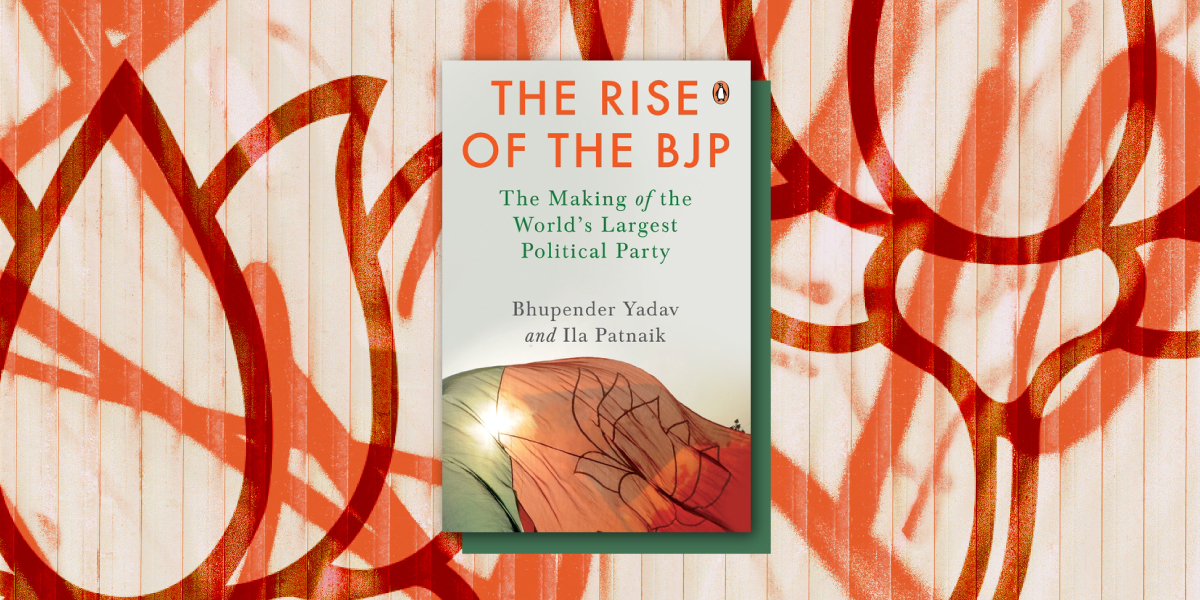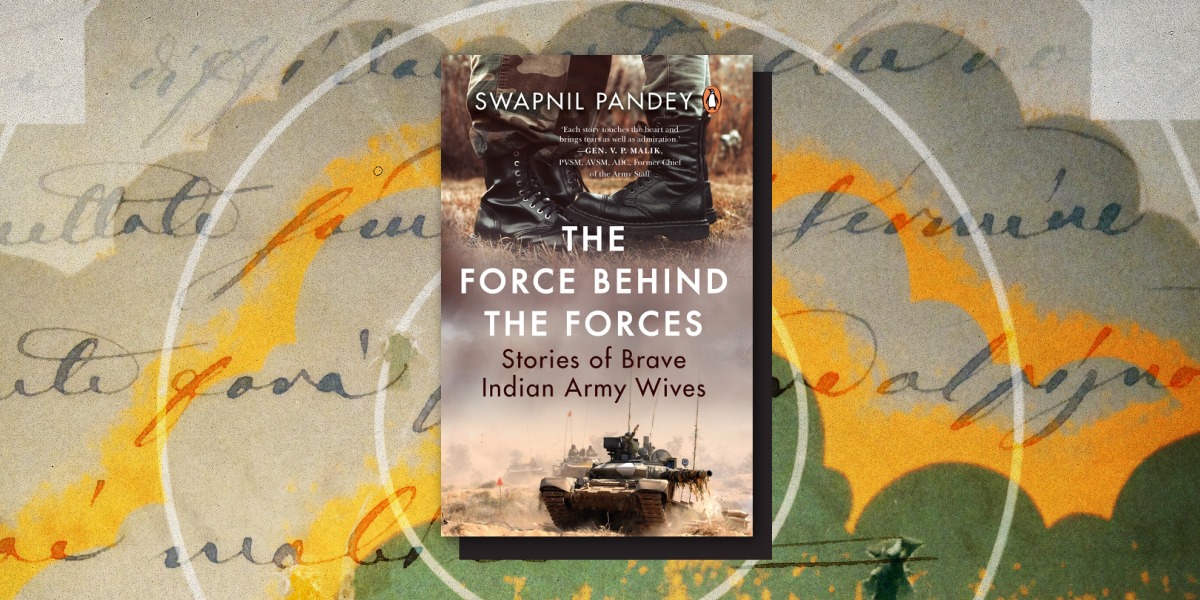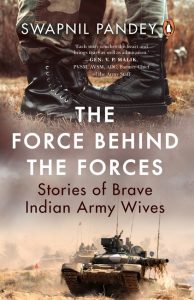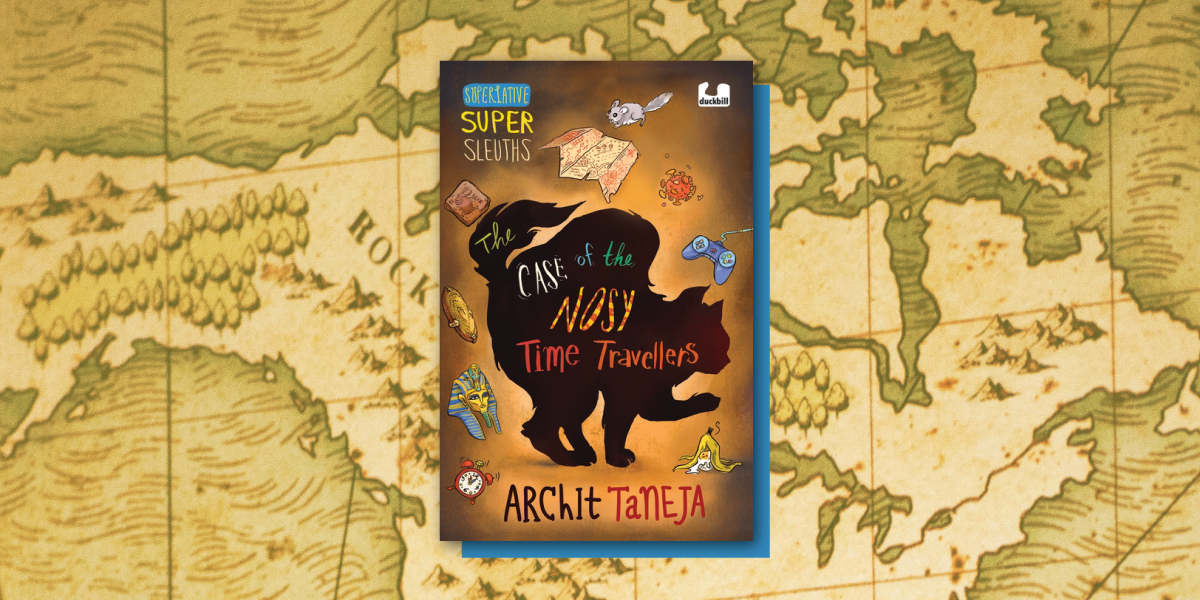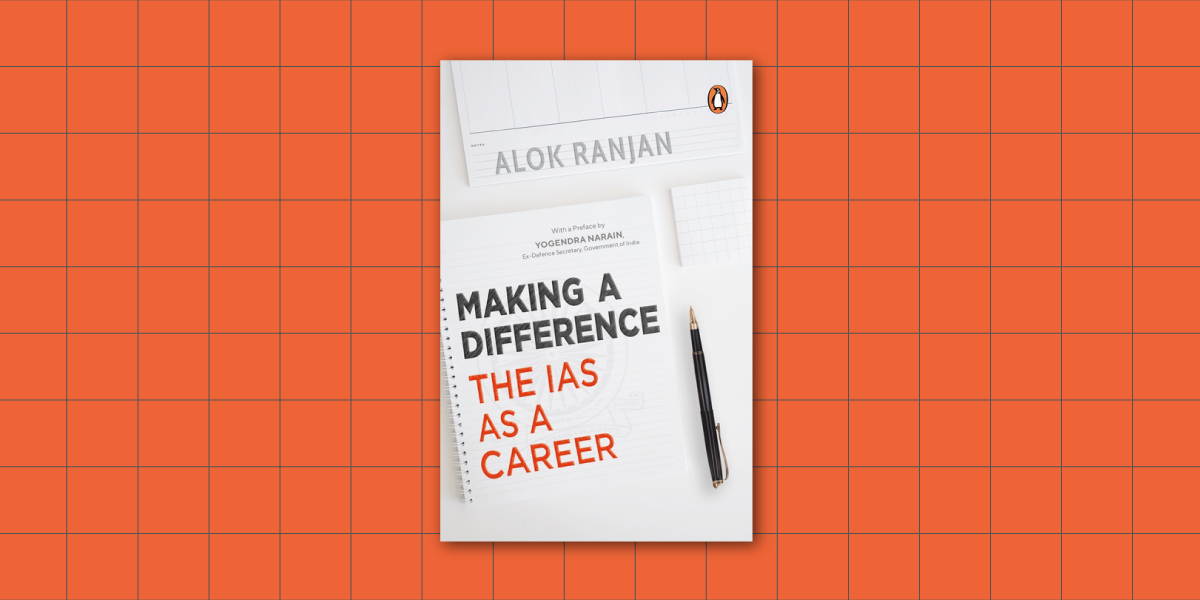Sixteen wonderful writers come together in this powerful anthology to share narratives that explore multiple themes on body positivity with the hope of helping empower teenagers navigate their modern worlds.
Read the excerpt below to explore these stories.

She crosses the gravel path and starts climbing the stairs leading to the main door of the building. Now, nudges are being exchanged, heads are turning as she walks down the corridor. Little explosions of laughter come to her ears. She sees eyes widen and jaws drop. Don’t they know that their faces give them away? These eyes-widened, jaw-dropping-in-surprise people—surely, they aren’t that dumb? She passes groups of boys and girls, giggling, sudden snorts of laughter bursting out of them. Why, it’s almost as if there’s a huge newspaper-style headline hovering over their heads, in bold letters, that says: It’s an elephant; it’s a hippo . . . no, it’s a new girl!
Headlines are meant to be read, which is why they are in those thick, dark letters. And that’s why no one tries to hide them. No one attempts to make them smaller . . . or less hurtful. Except at home, of course, where Amma is constantly scanning the things people say and do so that she can stop the ugly words from reaching Shalu’s ears, so that she can save her from the hurt. It’s like there’s a constant headline over Amma’s head, too. At times, it says: Keep it from Shalu! At other times, it says: What not to talk about to Shalu.
Shalu knows that Amma has two lists running through her head. One is a list of the things that she can tell her daughter. This one has silly, everyday things that aren’t likely to upset Shalu. On this list is also anything to do with school, studies, exams and higher education. There’s a certain logic that’s at work here, and after years of observing the grown-ups around her, Shalu now knows what that logic is.
Amma (and the world with her) thinks fat girls ≠ love life. And so, Amma (and the world with her) decide, fat girls = studies + books + interest in academics.
The other list of Amma’s has things that she tells Baba when Shalu isn’t around. On it are stories about girls who do the kinds of things that teenagers are supposed to do— partying with hordes of friends and spending the rest of the time talking to them on the phone. Exciting tales of ongoing battles with their parents about the clothes they buy and the things they do also feature here. Amma’s friends and cousins and colleagues supply her with these stories, and she laps up the details and then pours them out to Baba when he’s trying to read the newspaper.
Amma says none of this to Shalu, who has moved schools too often to have friends. And who, therefore, has no one to chat or go to parties with. And she says nothing at all about the boyfriends these girls begin to acquire and the ecstasy and heartache they bring. She’s doing it to protect Shalu, but surely, she can’t think her daughter is blind and stupid. After all, Shalu spends all day with boys and girls. Normal boys and normal girls. She sees the way they look at each other, eyes sliding casually before they stop at the face that’s taken their fancy. Sometimes, the eyes catch and hold, and Shalu knows then that there’ll be a new couple in the class in a few days. Those same eyes slide over her when she walks into her new classroom. But once they’ve taken in her size, they widen and jump, as if she’s the obstacle they want to avoid. And instantly, headlines appear over their heads: Is that the new girl? How much does she weigh?
The boys are turning away, their shoulders shaking as they laugh into their cupped hands. They slap each other’s backs on the new joke that’s walked into their lives. The girls stare at her, seeing the way the school skirt bulges out under the belt in the front and back. The uniform looks like a sack tied around her middle. They manage to see everything in that one sweep—the thickness of Shalu’s legs, the wobbly bits that hang from her arms and jiggle with every movement. They are glad to see all this. Shalu can see it in the words dancing over their heads: That’s not me! I am thinner than her!
They exchange glances, congratulating each other, celebrating their thinness, their extraordinary normalness. It takes them a minute more to realize what Shalu’s entry means, and when it does, Shalu sees the horrified headline that appears over them: Who will sit beside her?
***
Get your copy of Hug Yourself by on Amazon or wherever books are sold.








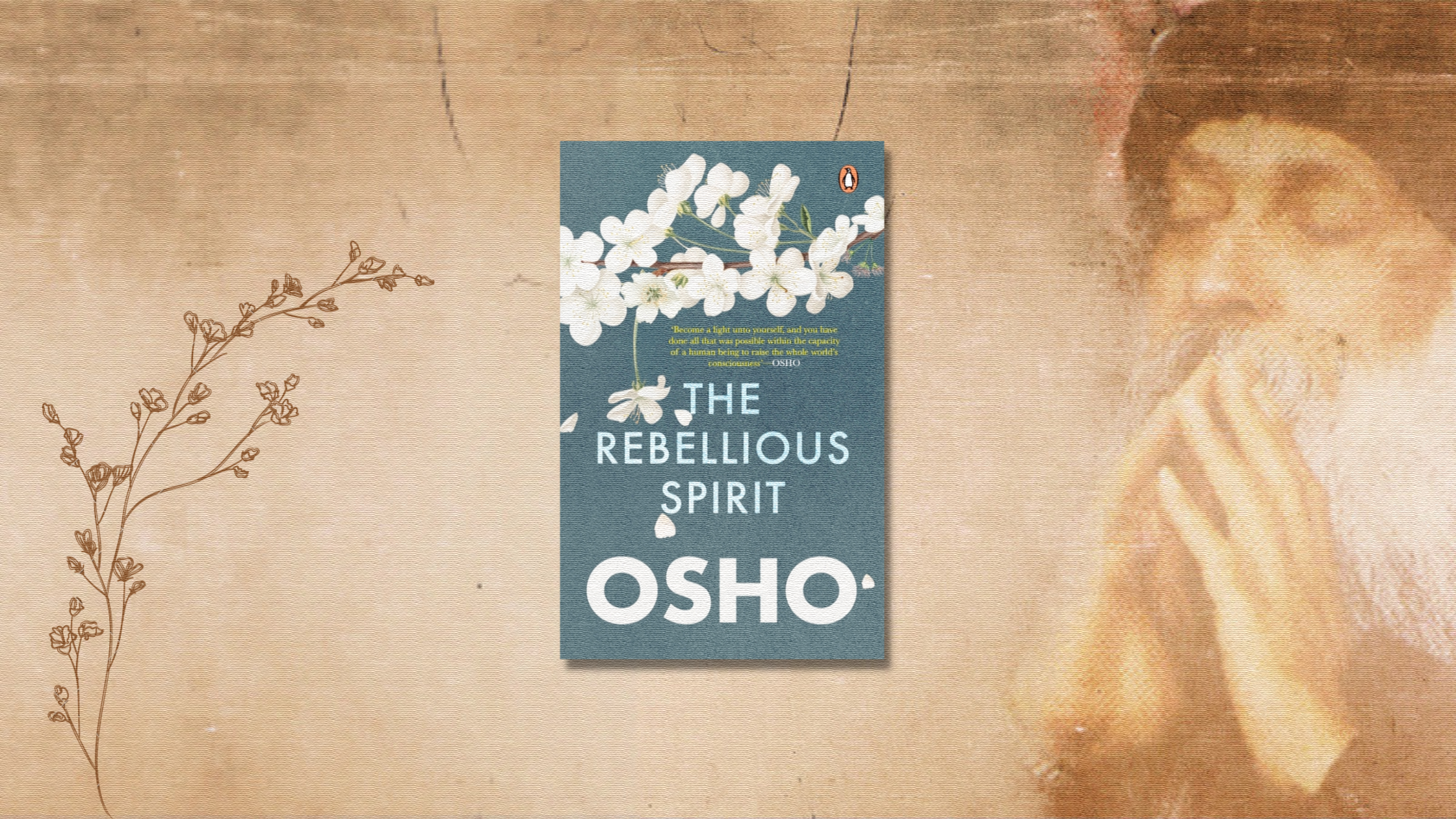



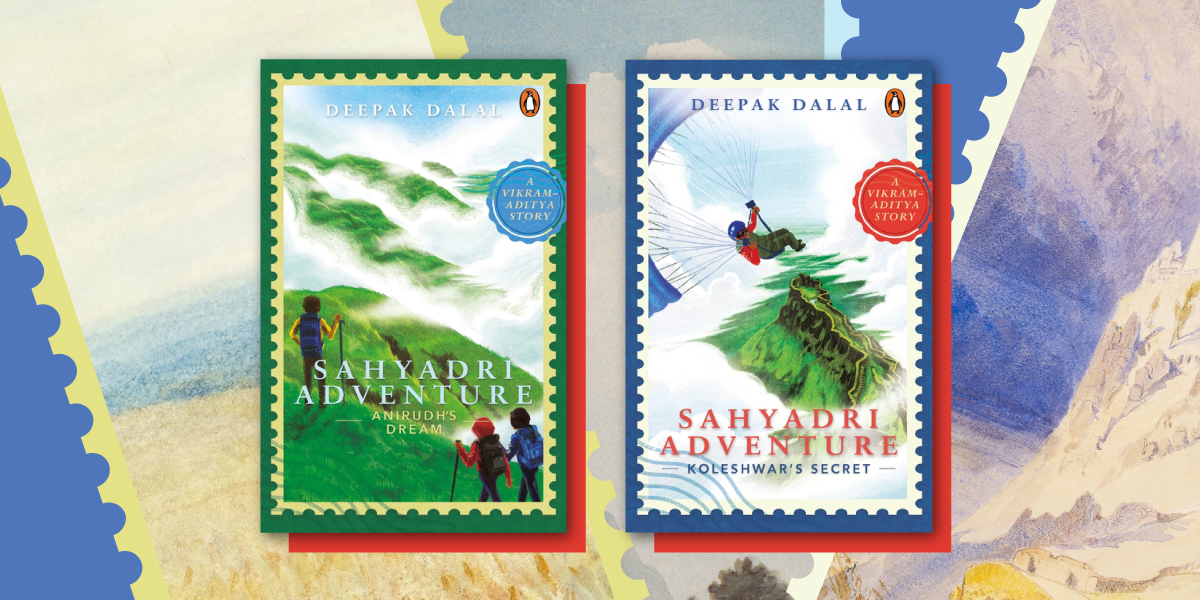


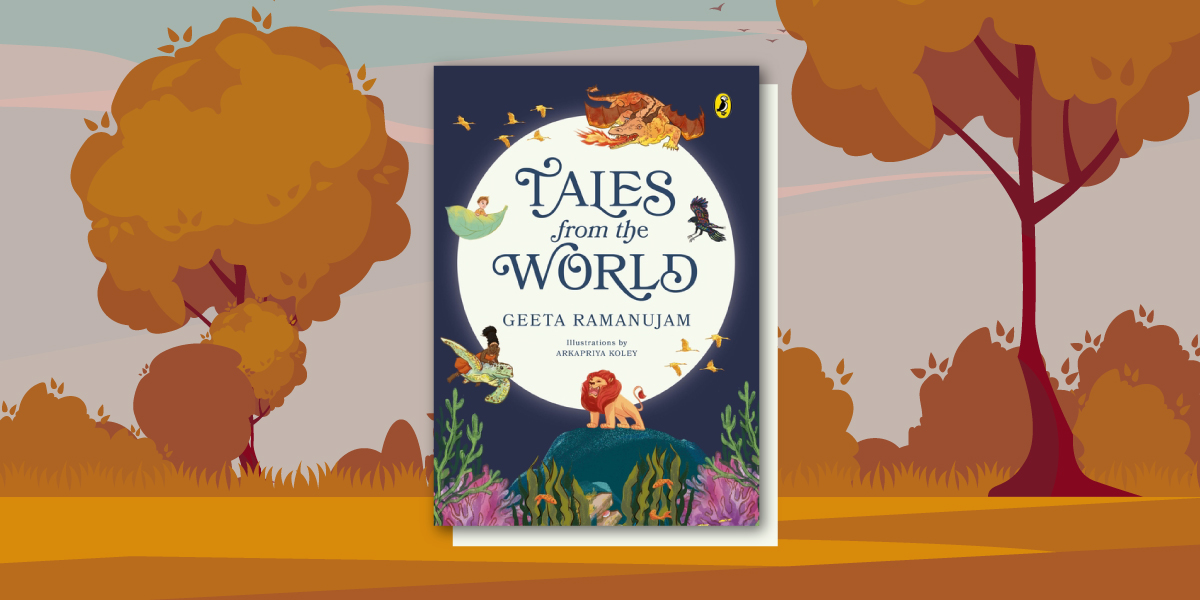

 that he’d be triumphant. He emerged from his home at midnight, his beautiful colours lighting up the night sky. He’d crafted a coach with diamonds, which was drawn by a thousand white horses. He wore a rainbow cloak and a crown made of gems from the sea. Behind him was another coach filled with gold, silver, pearls and gifts for Lindu. He looked radiant as he left an indigo, purple, blue and pink trail across the sky on his way to Uko’s palace.
that he’d be triumphant. He emerged from his home at midnight, his beautiful colours lighting up the night sky. He’d crafted a coach with diamonds, which was drawn by a thousand white horses. He wore a rainbow cloak and a crown made of gems from the sea. Behind him was another coach filled with gold, silver, pearls and gifts for Lindu. He looked radiant as he left an indigo, purple, blue and pink trail across the sky on his way to Uko’s palace.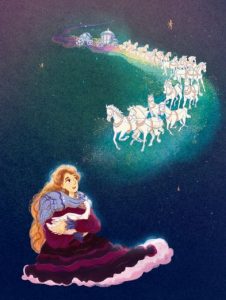 ‘Lindu,’ he called out, ‘if you marry me, you will not have to follow me like a shadow. You will not have to travel the same path as the others. You can set out anytime you wish and rest when it pleases you. Would you like to be my bride?’ He bent down on his knees to ask for Lindu’s hand.
‘Lindu,’ he called out, ‘if you marry me, you will not have to follow me like a shadow. You will not have to travel the same path as the others. You can set out anytime you wish and rest when it pleases you. Would you like to be my bride?’ He bent down on his knees to ask for Lindu’s hand.